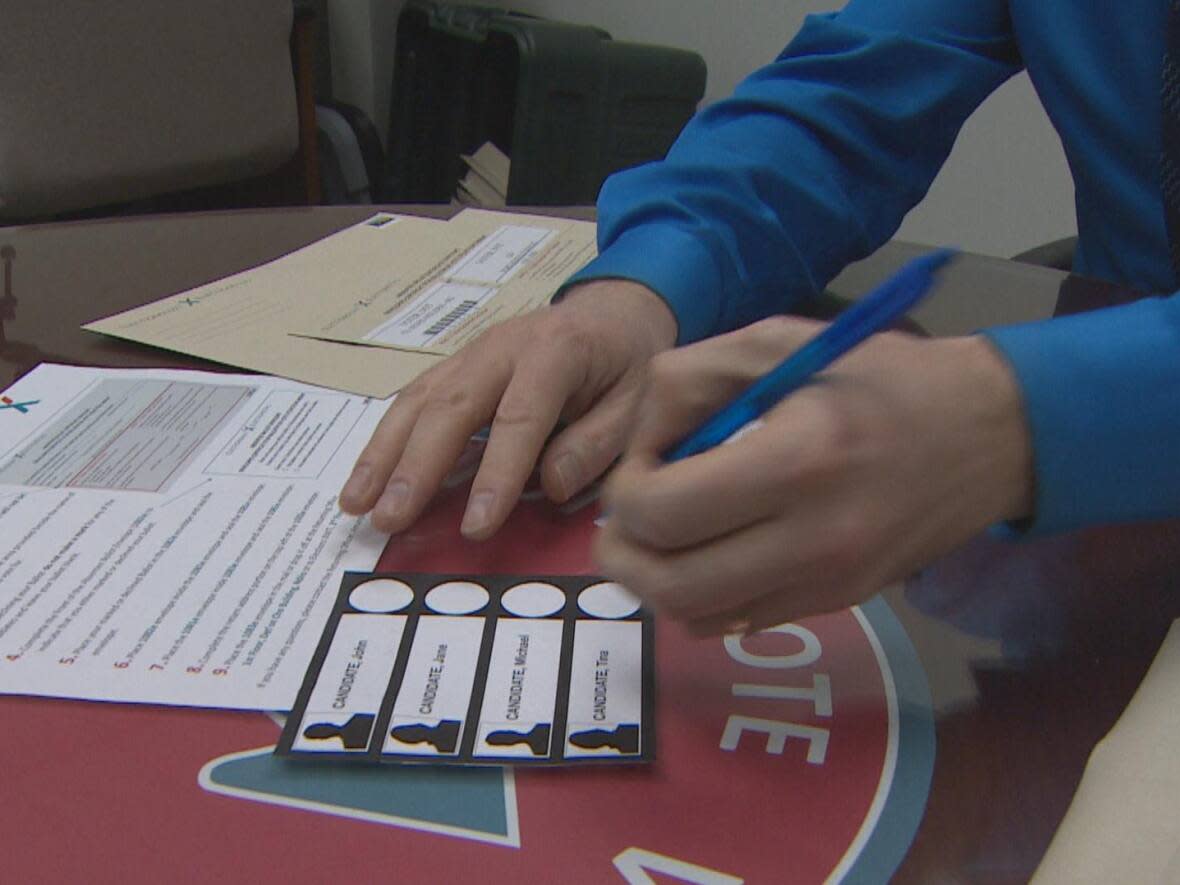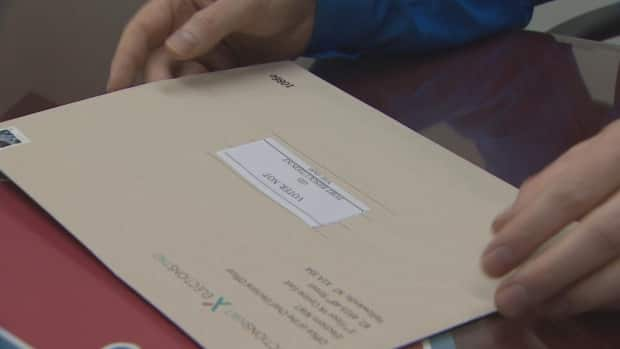How voting will work in the Tu Nedhé-Wiilideh by-election

Voters in the Feb. 8 by-election for Tu Nedhé-Wiilideh will cast their ballots by mail, because of the rising number of COVID-19 cases in the territory.
Elections N.W.T has decided to hold the election entirely by mail-in ballot.
"A nightmare scenario for us would be on Feb. 5th, a community was put into containment and we had to cancel the in-person election," said N.W.T. chief electoral officer Stephen Dunbar.
"Because mail-in ballots are not widely used during a normal election, it was my fear that if that was the scenario, that community would have very, very few votes cast already.
"The rest of the community would essentially be denied the opportunity to vote," he said.
In the last federal election, some N.W.T. residents could not vote because they were in COVID-19 isolation on election day, and they could no longer request a mail-in ballot.
Dunbar wanted to avoid a similar situation by sending every voter a mail-in ballot to begin with.
Mail-in ballots, also known as absentee ballots, have been used in many N.W.T. elections before. But this is the first time they will be sent to all voters in a constituency, and will be the only way for people to vote.
How mail-in voting works
Voters living in N'Dilo, Lutselk'e, Fort Resolution or Dettah, have until Jan. 29 to go to the Elections N.W.T. website and register to vote.
Then, before election day, Elections N.W.T. will mail voters a large brown envelope that will contain instructions, a ballot and envelopes to secure and mail the ballot.

When a mail-in ballot arrives at Elections N.W.T., staff will scan a barcode on the outside of the mailing envelope. That lets election workers and candidates know who has voted, but not who they voted for.
The sealed ballot will go into a ballot box that will be opened after election day.
Every candidate, or their representative, will be present when the votes are counted. If a candidate cannot be there in person, Elections N.W.T. plans to offer a livestream option.
Election workers available to answer questions
With a few weeks to go before the election, Dunbar knows some people are worried about voting by mail.
"I think it's perfectly valid to have concerns any time something is being done a little bit differently than normal, but the process we are following is the same process that would be used for anyone using a mail-in ballot," he said.
"There is no opportunity for staff here to change someone's vote. And all elections staff … have sworn an oath to uphold the integrity of the election, to act with impartiality and to ensure that this election is run according to the act."
Dunbar does acknowledge that some parts of this process could be confusing, especially for people who have never voted by mail before, and that there may be some language barriers. That's why Elections N.W.T. has hired extra assistant returning officers, particularly in Lutselk'e and Fort Resolution.
"They are there and able to work with people in those communities on any questions they have about the ballots," Dunbar said.
He encouraged any voter looking for advice or assistance to reach out to their local election workers, whose contact information can be found on the instruction sheet in their voter package.


